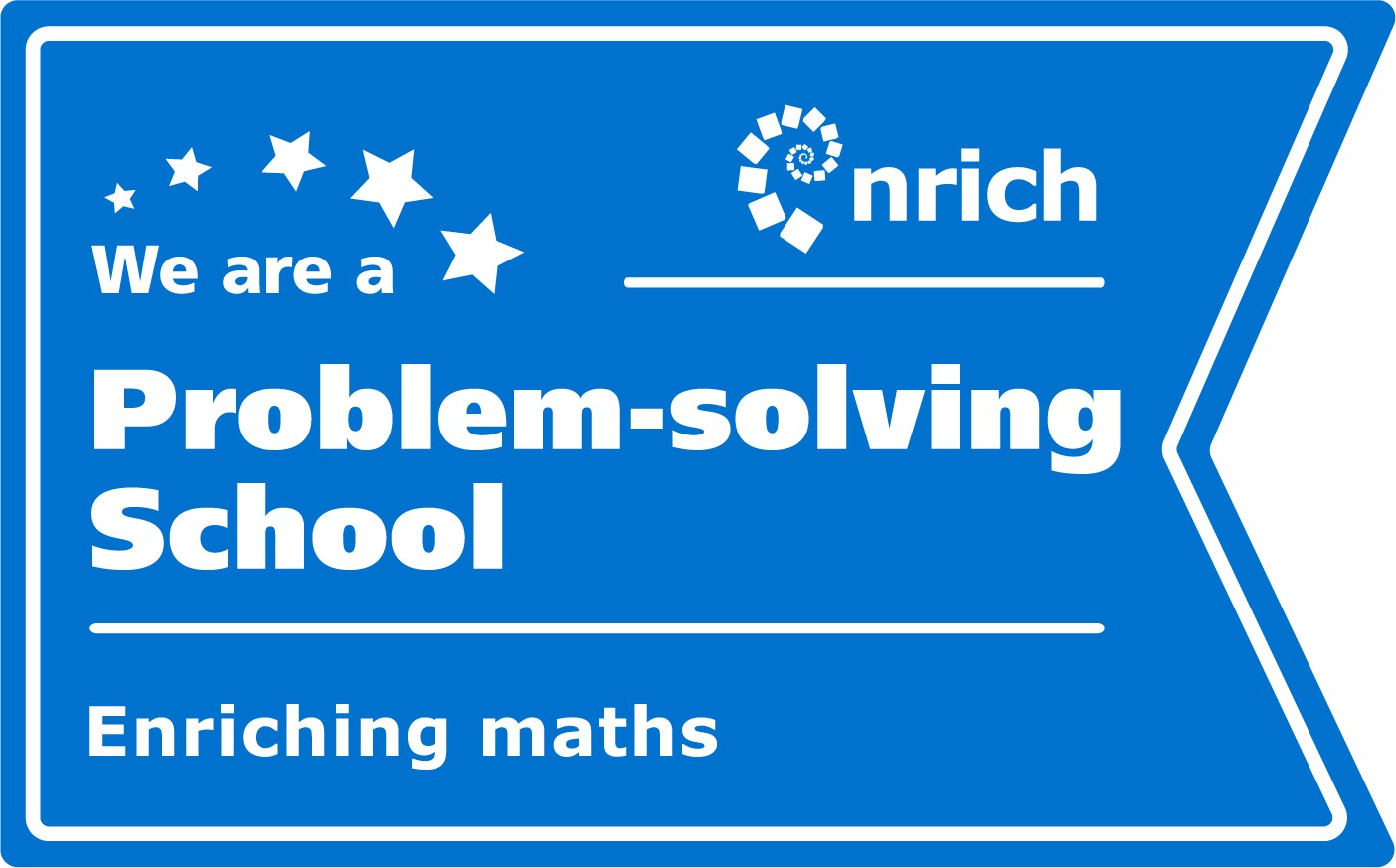History
Overview
The intent of our History curriculum is to deliver a curriculum which is accessible to all and that will maximise the outcomes for every child so that they know more, remember more and understand more. As a result of this they will:
- Increase and develop their historical skills, concepts, knowledge and attitudes.
- Increase their understanding of the present in the context of the past.
- Develop and use their skills in enquiry, analysis, evaluation, and argument.
- Develop their interest in the past, arousing their curiosity and motivation to learn.
- Develop a sense of identity through learning about the past.
Intent
To build a History curriculum which develops learning and results in the acquisition of knowledge and skills which enables children to enquire, research and analyse in History. Children will know more, remember more and understand more.
“Most fundamentally, history teaches us to look past the ephemeral and search out the underlying, long-term dynamics of problems” (Crowcroft 2018).
To design a history curriculum and scheme of work with appropriate subject knowledge, skills and understanding as set out in the EYFS and National Curriculum History Programmes of study.
OFSTED research defines a ‘knowledge-rich’ approach as one in which curriculum leaders are clear on the “invaluable knowledge they want their pupils to know” (OFSTED,2018).
To fulfil the duties of the National Curriculum whereby schools must provide a balanced and broadly-based curriculum which promotes the spiritual, moral, cultural, mental and physical development of pupils and prepares them for the opportunities and responsibilities and experiences for later life.
Education Endowment Fund research indicates that given the complex nature, and limited evidence of impact on attainment of enrichment activities, it is important to think carefully about what you are intending to achieve. It is also important to consider carefully whether such activities should replace curriculum-linked activities, as this might have a negative impact on attainment.
Implementation
|
Knowledge Organisers |
Children have access to key knowledge, language and meanings to understand History and to use these skills across the curriculum |
|
Knowledge Walls |
History Knowledge Walls throughout school focus on key knowledge, vocabulary and questions and exemplify the terminology used throughout the teaching of History, BV and SMSC, and enable pupils to make links across the wider curriculum |
|
Subject specific vocabulary |
Identified through knowledge organisers and knowledge wall and highlighted to the children at the beginning of lessons and revisited through class assemblies and knowledge quizzes |
|
Big picture and daily review |
New history learning is put into the context of the big picture of history learning throughout school, and a daily review of immediate previous learning in the subject. |
|
Provision in EYFS |
Children are given a secure grounding in the Prime Areas of learning, ensuring they have a good foundation on which to build through the specific areas, including understanding the World. Areas of provision are enhanced to ensure vocabulary understanding and extension, and develop understanding of the past, present and the difference between the two. |
|
Class timelines |
Each class has a timeline that follows them throughout school. This records all previous history learning and enables children to put new learning in the context of new learning |
|
Books |
Children will have constant access to a wide variety of subject specific fiction and non-fiction books, available in history lessons, other lessons and in the class book area |
|
Use of artefacts |
Where possible we use artefacts for children to explore and investigate. We believe that handling real objects enhanced the children’s historical knowledge, understanding and skills. |
|
Use of sources / bias |
We aim for children to recognise that bias exists in some form in all historical sources, and this needs to be accounted for in their interpretation of evidence |
|
Assessment |
Class teachers assess children’s understanding in History and this is then recorded on Target Tracker. This data is then analysed to improve the children’s learning in History. |
|
Outdoor learning |
We recognise that children learn in a variety of ways, and so where appropriate, children will learn history outside the classroom. |
|
Approaches to teaching |
A wide variety of teaching approaches are used in history lessons to ensure children make good progress, and all learning styles are catered for. Class teachers ensure there is a good balance of whole class, group work, including Kagan structures, and individual learning in history lessons. |
Pedagogical approaches in history.
In History, like all other subjects, we recognise the importance of the methods and practice of teaching (the pedagogy) we choose to use in enabling pupils to know more, understand more and remember more. In History, the following approaches will be used, and be evident in pupils’ books, in order to ensure that the History learning opportunities are as effective as possible.
|
Teaching Sequence in History |
Big picture: Placing of the History being studied in the chronological context of previous learning, using the class timeline |
|
Daily review: Brief review of learning covered in previous lesson/s |
|
|
Specify key vocabulary to be used and its meaning |
|
|
Conduct Historical enquiry using a variety of sources and / or artefacts |
|
|
Interpret their findings |
|
|
Communicate their historical knowledge and understanding appropriately |
|
|
Evaluate their learning and compare with other historical periods studied as appropriate |
|
Possible pedagogical approaches used in History |
Behaviourism |
Direct teacher instruction; modelling of skills and techniques; demonstration
|
|
constructivism |
Inquiry-based learning, outdoor learning
|
|
|
Social constructivism |
Teacher modelling; questioning; mix of individual, paired and group instruction |
|
|
Liberationism |
Pupil-led learning; opportunities to showcase learning
|
|
|
Learning, working and talking like a Historian |
Being introduced to the key vocabulary that a historian would use; defining the key vocabulary that a historian would use; high expectations of pupils ‘talking’ like a historian; high expectation of pupils researching, interpreting and presenting like a historian.
|
Impact
At the beginning of a unit of study, a ‘cold task’ activity is used with each pupil to assess their historical knowledge and understanding. This activity is assessed against indicators, which outline whether the pupil is working below, working towards, working at or above the expected standard for the year group he/she is in. Digital copies of exemplar work assessed and moderated by leaders at these different standards are accessible for all members of staff should they need to refer to these. This assessment allows teachers to adjust their teaching according to the learners’ ability and breadth of knowledge/understanding. The same activity (now named the ‘hot’ task) is then used at the end of the unit of study to outline the pupil progress made within the unit and to set next step goals where necessary. Progress data from the ‘cold’ to the ‘hot’ task across school is collated by the subject leader and assessed accordingly.
At Lodge we have an enquiry-based curriculum. Each topic has a ‘big’ line of enquiry, which the children refer to throughout the topic. This ‘big’ line of enquiry is assessed at the start of the unit, mid-way through and at the end of the unit of study. Different coloured post-it notes – pink, yellow and green - are used at these different assessment points (start, mid-way and end) to clearly evidence how the children’s learning and understanding of the topic they are studying has progressed over time. ‘Smaller’ lines of enquiries (linked to the National Curriculum 2014, Bloom’s Taxonomy) have been planned into most history lesson to support the children in answering the ‘big’ line of enquiry. These ‘small’ enquiries are used as an assessment tool for teachers to guide the children’s learning, close misconceptions and adapt planning where necessary.
Pupils’ work is also assessed by making informal judgements as teachers observe the pupils during lessons. Once the pupils complete a piece of work, teachers mark and comment as necessary, in line with the school marking policy. If there are gaps in pupils’ learning, the teacher will set gap tasks to address these issues swiftly. Throughout the topics taught, the teacher will assess the pupils’ progress towards the skills identified, taught and practised within the lesson. This will feed into the teacher’s judgement regarding the National Curriculum programme of study each child is working at within history.
The subject leader and curriculum leader assess history in a variety of ways. Data, book trawls, analysis of learning journeys and informal learning walks are used to gain an insight of history teaching across school. In addition to this, the subject leader conducts informal pupil conference meetings alongside the child’s learning journey to ensure that learning has been achieved sufficiently and can be recalled when prompted.
